- Computer Assisted Spine Surgery
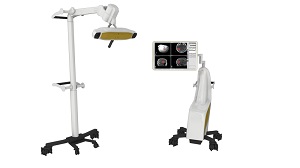
Computer navigation can serve an active or passive role by actually performing the surgery or limiting the surgeon’s movements beyond a certain point, or by just providing real-time information that helps your surgeon make critical decisions on the mode of action.
Know More Launch Movie - Sacroiliac Joint Stabilization
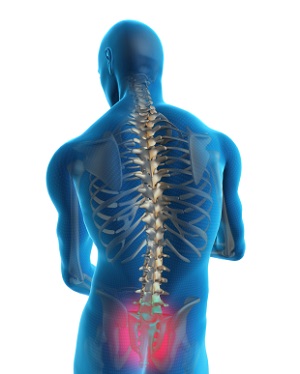
Sacroiliac (SI) joints are joints in the lower back region, where the sacrum and ilium bones join. Although these joints are small and have limited motion, they play an important role in connecting your spine to the pelvic bone and lower part of your body. They perform an important function in absorbing shock from the upper portion of your body.
Know More - Robotic Spine Surgery
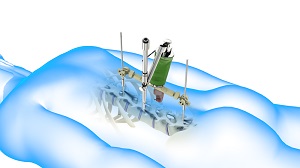
Robotic spine surgery is a procedure where your surgeon is assisted by a robotic system to perform surgery to the spine. Precision is very important when performing spine surgery. Robotic systems are becoming increasingly popular in the medical fraternity as it offers better precision and reduces the risk of complications associated with conventional surgery.
Know More - Endoscopic Spine Surgery
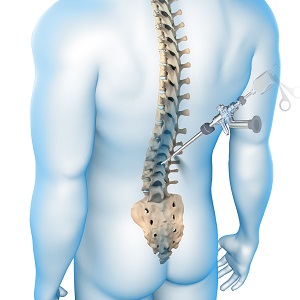
Endoscopic spine surgery is a minimally invasive spine surgery that uses specialized video cameras and instruments to remove the herniated disc through very small incisions.
Know More - Complex Spine Surgery
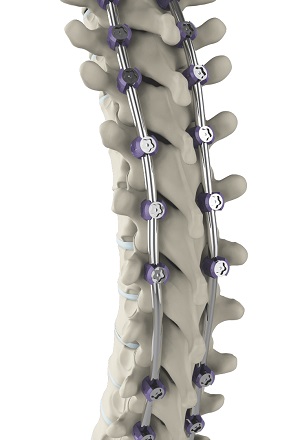
Complex spine surgery is a procedure that involves six or more vertebrae of the spinal column, requiring six or more hours of surgery to correct a spinal deformity. Complex spine surgery is very difficult to perform and demands the highest level of patient dedication to be successful.
Know More - Image-Guided Spine Surgery
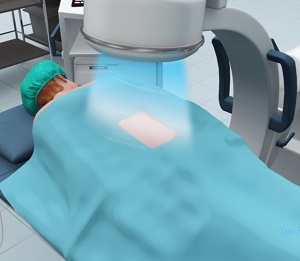
Image-guided spine surgery is being used in many spinal procedures such as implant insertion and decompression of pinched spinal nerves.
Know More - Outpatient Spine Surgery
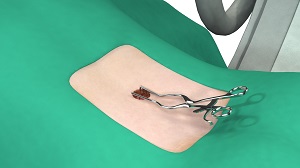
Outpatient spine surgery is an operative procedure that does not require an overnight stay at the hospital. It is also called ambulatory or same-day surgery. Improvement in surgical techniques, modern pain management, and rehabilitation protocols allows surgeons to perform certain operative techniques of the spine (from cervical to lumbar region), with a minimally invasive technique on an outpatient basis.
Know More - Minimally Invasive Scoliosis Surgery
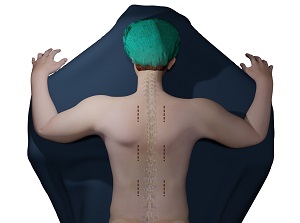
Minimally invasive scoliosis surgery is an endoscopic procedure in which surgery is performed through a few small incisions rather than one long incision. In this approach a thin telescope-like instrument with a tiny video camera called an endoscope is inserted through one of the small incisions. The inserted endoscope provides the surgeon with internal images of the patient’s body onto a television screen in the operating room.
Know More - Revision Spinal Surgery
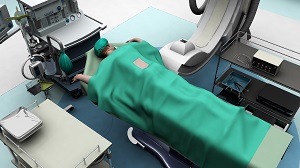
Revision spine surgery is surgery performed in certain patients to correct the problems of earlier spine surgery.
Know More - Spinal Tumor Surgery
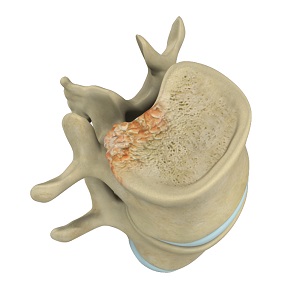
A spinal tumor is an abnormal mass of tissue surrounding or found within your spinal cord and/or spinal column.
Know More - Discography
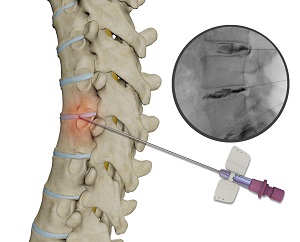
Discography or a discogram is a procedure to evaluate back pain. It helps identify a painful spinal disc.
Know More - Vertebroplasty
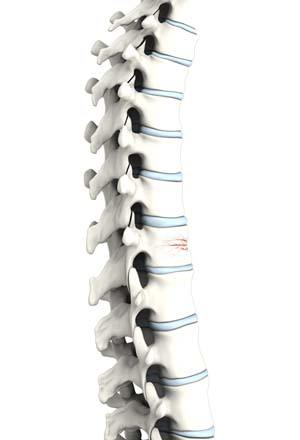
Vertebroplasty is a minimally invasive procedure performed to reduce or eliminate pain caused by a vertebral compression fracture. It stabilizes the fracture and prevents further collapse of the vertebra, averting deformity.
Know More Launch Movie - Laminectomy
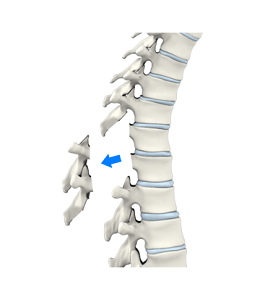
Laminectomy refers to the removal or cutting of the lamina (roof) of the vertebral bones to provide space for the nerves to exit from the spine. It can also be performed to relieve the symptoms of the narrowed spinal canal known as spinal stenosis.
Know More - Kyphoplasty
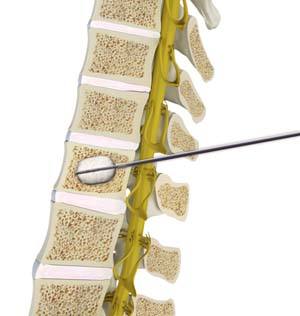
Balloon kyphoplasty is a spine surgery that relieves back pain caused by a vertebral compression fracture. The aim of balloon kyphoplasty is to relieve pain, stabilize the fracture and restore the vertebral body height.
Know More - Foraminoplasty
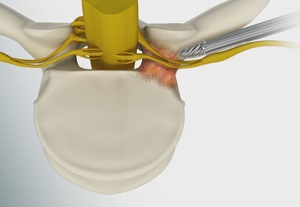
Neural foramina are small canals at every level of the spine through which nerves leave the spinal cord and go to the limbs and other parts of the body. Narrowing of this canal is called foramina stenosis. The narrowing may be caused by bone spurs, a herniated or bulging disc, arthritis, ligament thickening or enlargement of a joint in the spinal canal.
Know More - Removal of Facet Joint Cyst
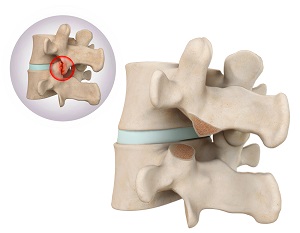
Facet joint cysts, also called synovial cysts, are benign, fluid-filled sacs that develop due to degeneration of the facet joints of the spine. These cysts normally occur in the lumbar spine (lower back) area and may not cause problems, but when large enough, they can cause spinal stenosis or narrowing of the spinal canal leading to compression of the spinal cord or spinal nerves.
Know More - Spine Osteotomy
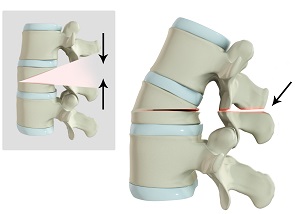
Spine osteotomy is a surgical procedure in which a section of the spinal bone is cut and removed to allow for correction of spinal malalignment.
Know More - Non-Surgical Treatment for Disc Disease
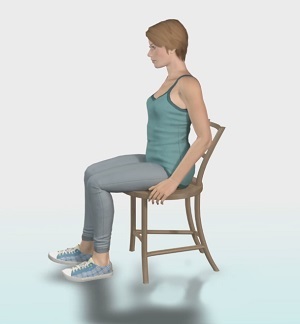
Non-surgical treatments focus on controlling pain and inflammation and improving function. It can help you get through painful flare-ups and keep you active, which is necessary for recovery.
Know More - Neuromodulation
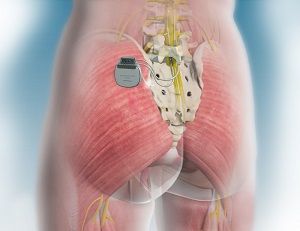
Neurostimulation provides pain relief by blocking the transmission of pain signals before they reach the brain. It involves delivering low-level electrical impulses to the brain, spinal cord, or nerves. This stimulation blocks the sensation of pain and replaces the painful sensations with a tingling sensation.
Know More - Physical Therapy for the Spine
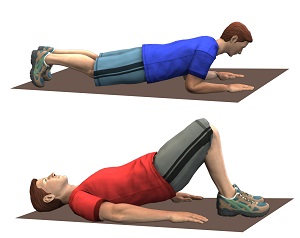
Physical therapy is one of the foremost necessary treatment modes of recovery for back pain. A referral to physiotherapy sometimes is created by your spine surgeon. A physical therapist is a well-trained, skilled health care professional who facilitates improving movement and manages the pain by safe stretching, conditioning, and strengthening exercise techniques.
Know More - Radiofrequency Ablation
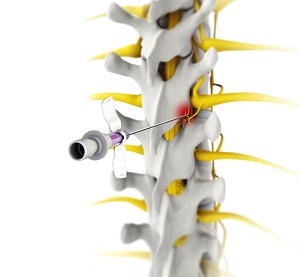
Radiofrequency ablation (RFA), also called rhizotomy or neurotomy, is a novel non-surgical technique of treating pain. This technique employs radiofrequency waves to produce heat and the heat produced damages the nerves transmitting pain signals to the brain. This procedure is performed to treat painful facet joints in the spine that usually cause chronic low back pain and neck pain.
Know More - Spinal Cord Stimulator
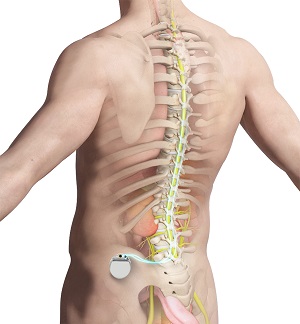
A spinal cord stimulator is a device that sends electrical impulses to the areas of the spinal cord causing pain and interferes with the transmission of pain signals to the brain. It blocks the brain's ability to sense pain in the stimulated areas, thus relieving pain without the side effects that medications can cause.
Know More Launch Movie - Spinal Manipulation

Spinal manipulation is a non-surgical "hands-on" technique in which professional chiropractic specialists use leverage and exercises to adjust spinal structures and restore mobility of the back. During pain, the nerve that is interconnected with the muscles, joints, bone becomes weak and loses its ability to function.
Know More - Lumbar Spinal Fusion
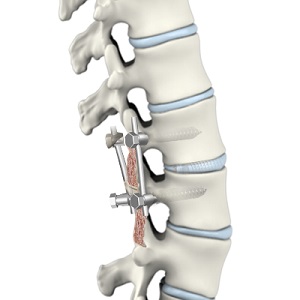
Lumbar region of the spine is more prone to spine fusion, compared to the other regions such as cervical and thoracic parts of the spine. Due to slight normal motion in the thoracic spine, rarely any problem is seen. Endorsing lumbar spinal fusion is contentious.
Know More - Lateral Interbody Fusion
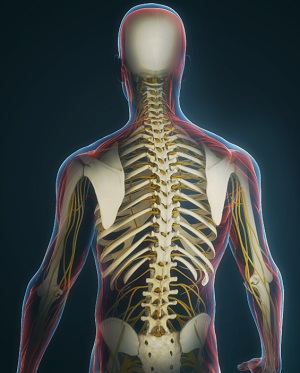
Lateral lumbar interbody fusion also known as extreme lateral (XLIF) or direct lateral interbody fusion (DLIF) is a minimally invasive spinal procedure performed to treat back and leg pain caused by degenerative discs and other problems within the vertebral column.
Know More - Anterior Lumbar Interbody Fusion
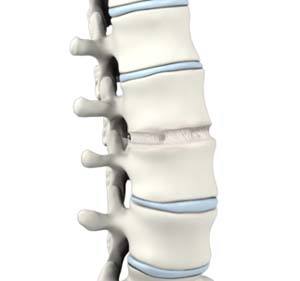
Lumbar interbody fusion (LIF) surgery is a surgical technique that involves the removal of a damaged intervertebral disc and the insertion of a bone graft into the disc space created between the two adjoining vertebrae. Bone grafts promote healing and facilitate fusion. Screws and rods are used to stabilize the spine during the healing process.
Know More - Transforaminal Lumbar Interbody Fusion
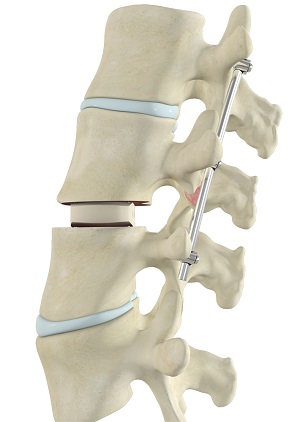
Transforaminal lumbar interbody fusion (TLIF) is a type of spinal fusion procedure in which bone graft is placed between the affected vertebrae in the lower back (lumbar) region through an incision on the patient’s back.
Know More - Lumbar Decompression
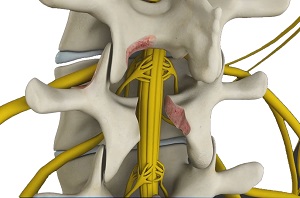
Lumbar decompression is a surgical procedure performed to relieve pressure over the compressed nerves in the lower spine (lumbar region).
Know More - Lumbar Discectomy
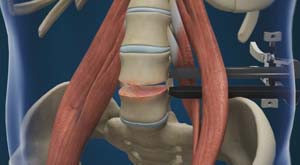
A lumbar discectomy is a surgical procedure performed to treat a herniated or ruptured disc and relieve pressure on the spinal nerves.
Know More - Minimally Invasive Lumbar Decompression
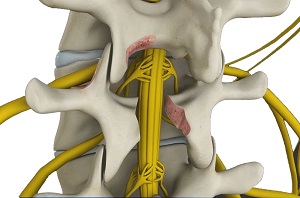
Minimally invasive lumbar decompression or mild® is a procedure developed by Vertos Medical to treat lumbar spinal stenosis by relieving pressure on the spinal nerves.
Know More - Lumbar Spinal Bracing
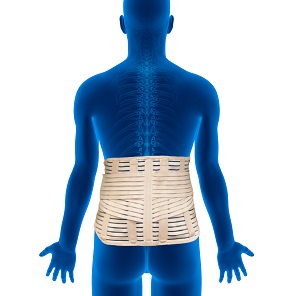
Lumbar braces are external devices used to restrict the movement of the lumbar spine and provide support and stability to the lower back region, to relieve back pain and promote healing after surgery or injury.
Know More - Cervical Spine Fusion
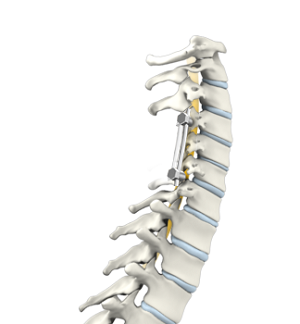
Cervical spine fusion is a surgery performed to fuse weak cervical vertebrae with adjacent vertebrae to provide stability and prevent injury to the spinal cord.
Know More - Cervical Disc Replacement
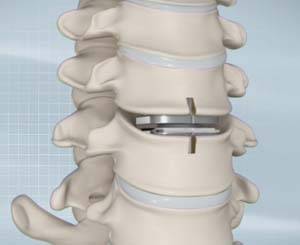
Cervical disc replacement surgery is an alternative to the traditional cervical spine fusion surgery, which involves the permanent fusion of two vertebral bodies, eliminating movement between them.
Know More Launch Movie - Minimally Invasive Cervical Discectomy
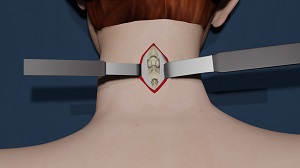
Minimally invasive cervical discectomy involves a small incision(s) and minimal muscle dilation to separate the muscle fibers surrounding the spine, unlike conventional open spine surgery, which requires muscles to be cut or stripped.
Know More - Cervical Bracing
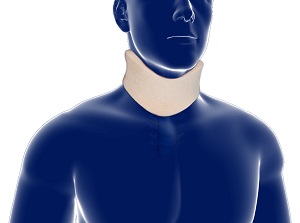
Cervical braces are external devices used to provide support and restrict movement of the cervical spine in a variety of cervical conditions ranging from muscle spasm to severe spine instability or post-surgery. Braces are also called orthotics and are made from different materials such as nylon, rubber, moulded plastic and elastic cotton.
Know More - Cervical/Lumbar Traction
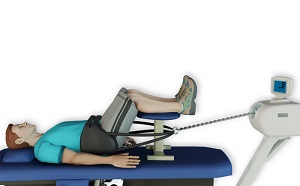
Traction or spinal decompression therapy separates the vertebrae and reduces the pressure on the nerves.
Know More - Posterior Cervical Foraminotomy
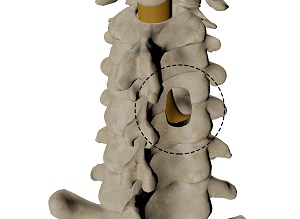
Posterior cervical foraminotomy is a surgical procedure performed through the back of the neck to relieve symptoms of a pinched or compressed spinal nerve by enlarging the neural foramen, an opening for the nerve roots to exit the spine and travel through the body, and creating more space for the spinal nerve to pass through. The neural foramen forms a protective passageway for nerves to transmit signals from the spinal cord to the rest of the body.
Know More - Posterior Thoracic Fusion
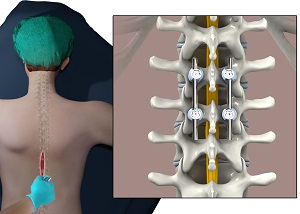
Posterior thoracic fusion is a spinal fusion procedure performed through an incision on the back (posterior) of the patient in which two or more vertebrae of the thoracic spine (mid back) are joined together, eliminating any movement between them.
Know More - Thoracic Discectomy

Usually, thoracic disc herniation is treated conservatively with rest, back brace, medication, and physical therapy. Surgery is considered when long term conservative treatment does not relieve pain or the condition is rapidly getting worse or is affecting the spinal cord.
Know More - Thoracic Spine Decompression
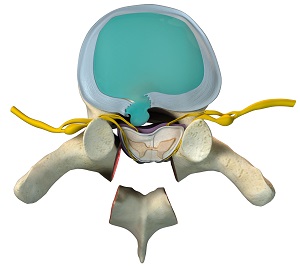
Thoracic spine decompression is a procedure to relieve pressure on the spinal nerves in the middle portion of the back. Spine decompression surgery is indicated in treating spinal stenosis. Spinal stenosis is the narrowing of the spinal canal caused by degeneration of the facet joints and the thickening of the ligaments.
Know More - Thoracic Spine Fracture Repair Surgery
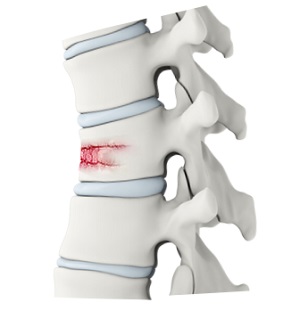
Spinal fractures occur most commonly in the thoracic (upper back) and lumbar (lower back) regions, and at the thoracolumbar junction. Fractures in these regions can occur due to injury from falls, motor vehicle accidents, violent acts and sports accidents, and also from the degeneration of bones due to old age and disease (osteoporosis and tumors).
Know More - Thoracic Corpectomy
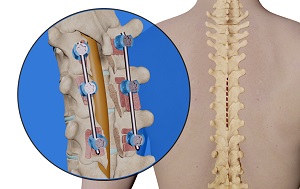
Thoracic corpectomy is a surgical procedure performed to relieve pressure on a nerve at the thoracic region (upper and middle back) by removing the source of the compression.
Know More - Thoracic Facetectomy
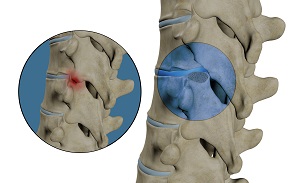
Thoracic facetectomy is a surgical procedure performed to remove one or both joints to decompress and restore function in the nerves.
Know More - Thoracic Vertebrectomy
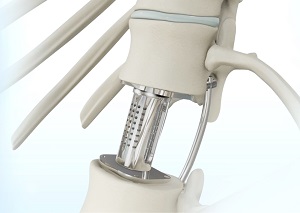
Thoracic vertebrectomy is indicated for both primary and metastatic tumors of the spine, as well as bone fractures or dislocations which cause severe decompression of the spinal cord and nerves. The surgery can be performed from either the front, back, or combined approach. You will be positioned accordingly and administered general anesthesia.
Know More - Minimally Invasive Spine Surgery
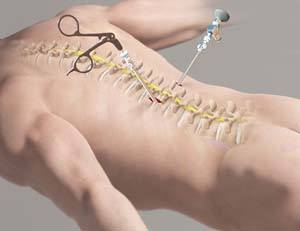
Minimally invasive spine surgery (MISS) is the latest technology available to perform spinal surgeries through small, less than one-inch-long incisions. It involves the use of special surgical instruments, devices and advanced imaging techniques to visualize and perform the surgery through such small incisions.
Know More - Spine Injections
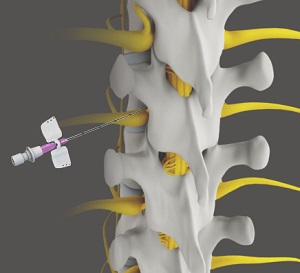
Spine injection is a non-surgical treatment modality recommended for the treatment of chronic back pain. Injection of certain medicinal agents relieves the pain by blocking the nerve signals between specific areas of the body and the brain.
Know More - Discectomy & Fusion
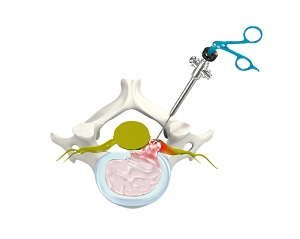
Discectomy and decompression surgery is considered when conservative treatment fails to relieve symptoms, you are healthy enough to undergo the surgery, and your surgeon can exactly locate the cause for pain.
Know More - Laminoplasty

A cervical laminectomy is an operative procedure that involves the removal of bone at the neck (cervical spine) region to relieve pressure on the spinal nerves. It can also be performed to relieve the symptoms of the narrowed spinal canal known as spinal stenosis.
Know More - Disc Decompression
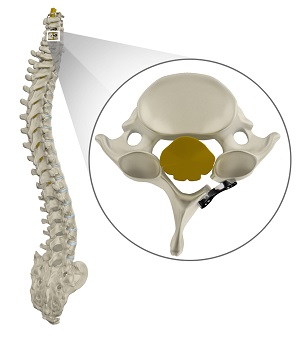
Disc decompression surgery is considered when conservative treatments fail to relieve symptoms such as pain, numbness, and weakness; your doctor has identified the degenerated disc as the source of your pain, and you are healthy enough to undergo the procedure.
Know More - Fracture Stabilization
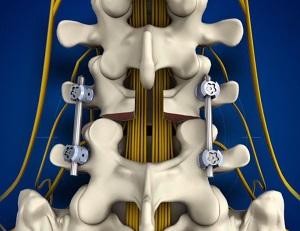
A spinal fracture refers to a break in any of the bones that make up the spine. It can occur due to trauma such as a traffic accident, fall from a significant height or weakening of the bones due to osteoporosis or a tumor. The thoracic or lumbar spine (upper and lower back) are the most common locations for spinal fractures.
Know More - Occipitocervical Fusion

Coming soon
Know More - Costotransversectomy

Coming soon
Know More








